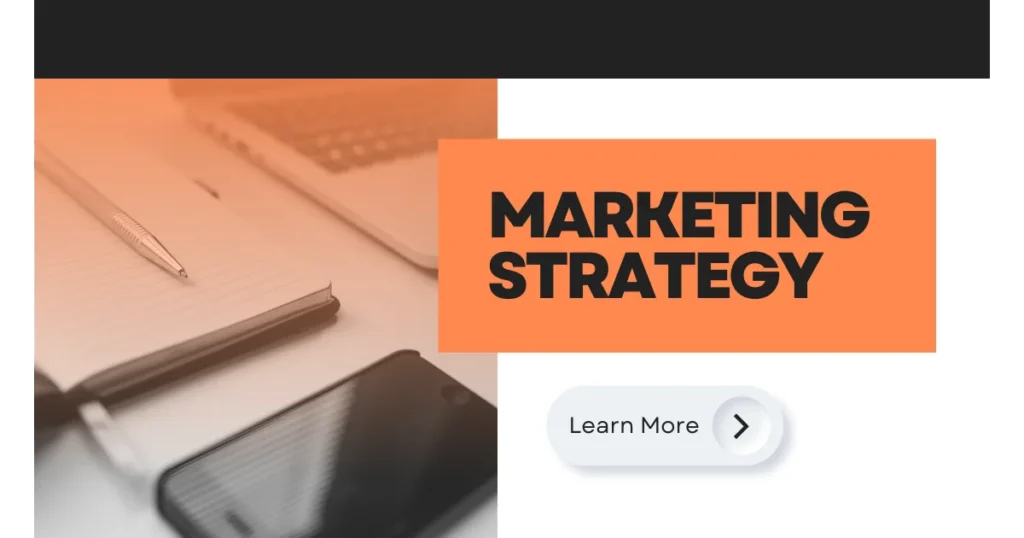Over the past two years, the use of email in business settings has surged dramatically, with many employees checking their email consistently throughout the day. According to a study, 42% of users monitor their business emails even while on vacation, and 23% do so on weekends. During the workweek, 32% check their email persistently, and 53% access their email six or more times daily. This accessibility is seen as advantageous.
However, there is a downside.
Predictions indicate that by 2005, the average recipient of commercial emails will receive around 1600 messages, alongside an additional 4000 emails cluttering their inbox. This poses a significant challenge for marketers striving to differentiate their messages.
Success Factors in Email Marketing
Obtain Permission
Gaining permission significantly enhances response rates and gives clients a sense of control over the communications they receive.
Target Your Messages
Specific targeting not only improves the response rates of initial mailings but also helps build credibility with clients, which encourages them to engage with future emails and helps prevent email fatigue.
Deliver Value
Ensure that the content or promotional information provided is substantive and well-crafted, avoiding trivial content.
Use Personalization
Segment your mailing list and tailor messages to fit the profiles of different client types, such as “dynamic personalization” to customize messages specifically for groups like Law Librarians versus Legal Secretaries.

Monitor and Limit the Quantity and Frequency of Mailings
A general guideline suggests sending one marketing email per month to keep your brand in the client’s mind, and not exceeding one every two weeks. This does not apply to operational emails like customer service or confirmations. It’s also vital to be mindful of the overall volume of marketing communications your clients receive from various sources to avoid overwhelming them.
Integrating Email into Your Marketing Mix
Email marketing, due to its quick delivery, ease of response, and low production costs, is ideally suited for customer relationship communications, offer testing, and service updates. It complements other communication methods like PR and direct mail, offering unparalleled personalization and segmentation opportunities that are often too costly for print.
Email vs. Postal Direct Mail
Email excels with its rapid response times, reduced production timelines, enhanced testing capabilities, and the potential for cost savings compared to print. It also allows for precise tracking of user interactions and broadening campaign reach through mechanisms like forwarded emails or viral marketing. However, a significant portion of responses to email campaigns occur within the first 48 hours, contrasting with the slower response times of direct mail campaigns.
Planning Your Email Campaign
Essential considerations for your campaign include designing an engaging landing page that aligns with the email’s message, managing replies efficiently, and ensuring information within emails is appropriate for forwarding. Additionally, address undeliverables and bounces by updating your internal database and testing various elements like list quality, offers, and email formats to optimize engagement and conversions.

Email Formats
While HTML emails can enhance engagement through visual and interactive elements, not all users can view them due to various restrictions. Offering a text version ensures accessibility, maintains message fidelity across different email platforms.
Creative Elements
Effective email campaigns require compelling subject lines, clear sender identities, and immediate presentation of key messages and calls to action. Subscription management should be straightforward, respecting user preferences and reinforcing their control over the communication they receive.
This comprehensive approach to email marketing emphasizes strategic planning, targeted content, and respectful engagement practices to enhance effectiveness and foster positive client relationships.
FAQs
Is HTML or text better for email campaigns?
While HTML allows for more dynamic and visually appealing emails, not all recipients may be able to view these properly depending on their email client and settings. Offering both formats can cater to all preferences.
What should be added to the unsubscribe process?
The process should be straightforward, usually involving a simple link in the footer of the email. Respect user choices promptly by removing unsubscribed users from your list immediately to maintain trust.
What are the best practices for email content length?
The optimal length depends on your audience and message. For quick updates or offers, shorter emails may be more effective, while longer formats can be better for educational or detailed content. Monitoring engagement metrics will help determine the right balance.

